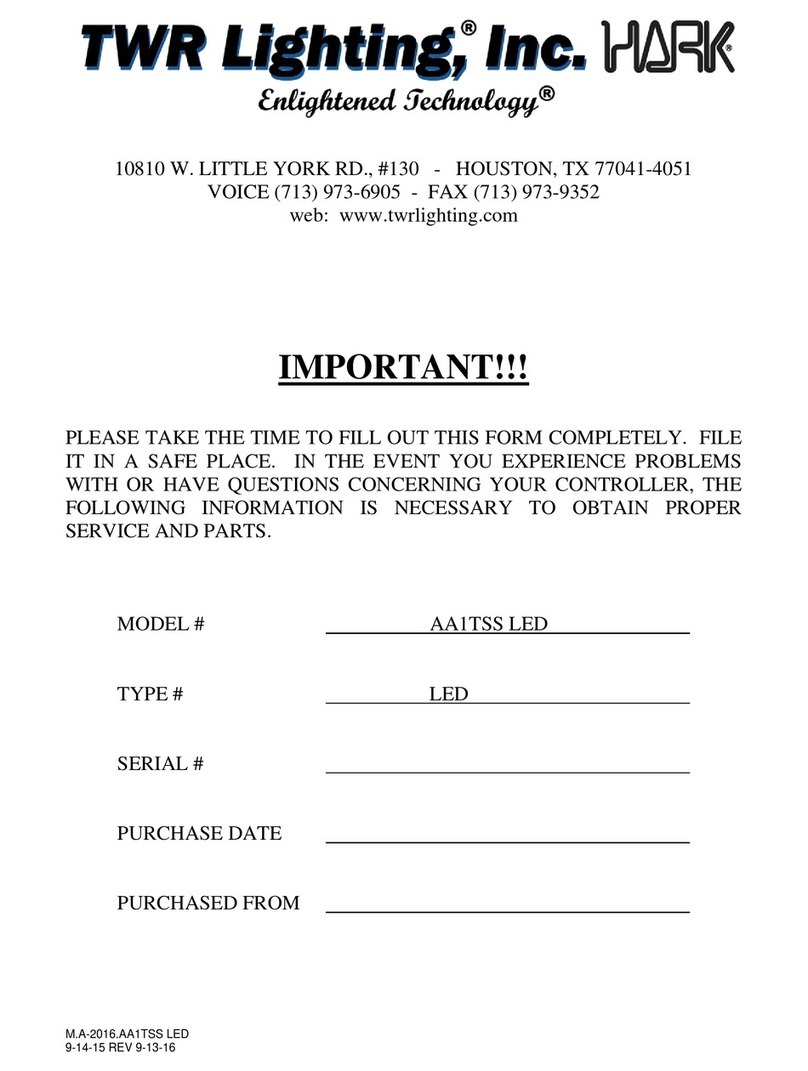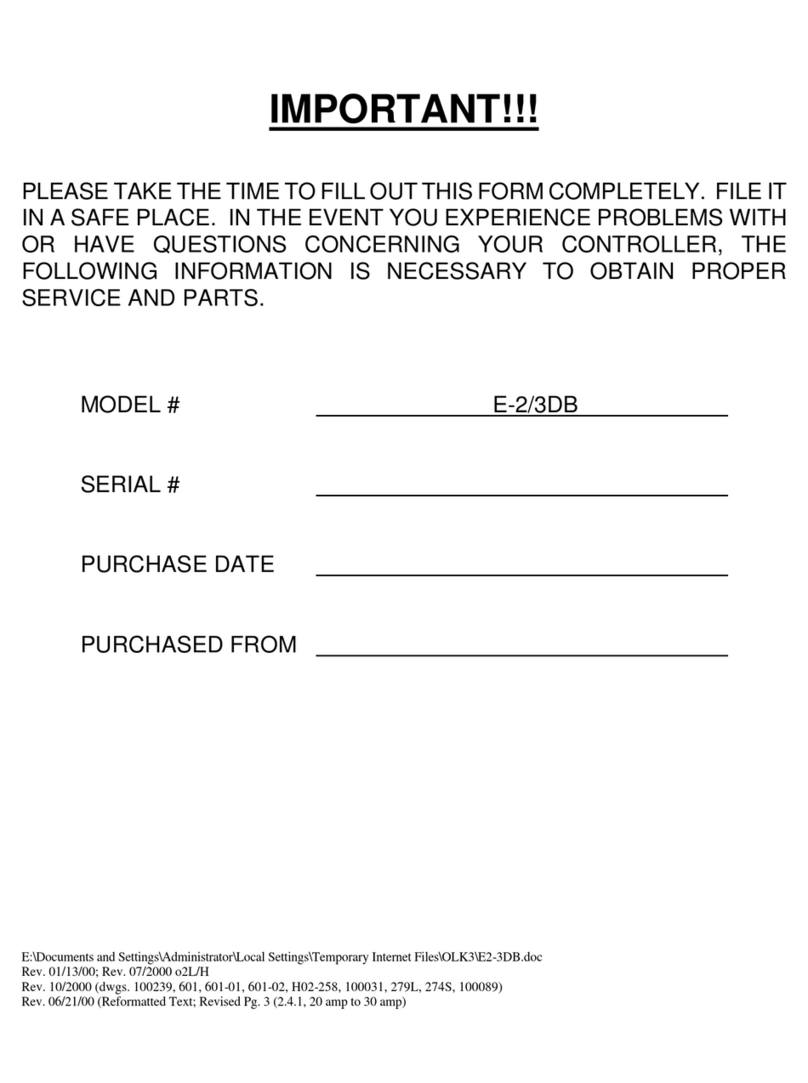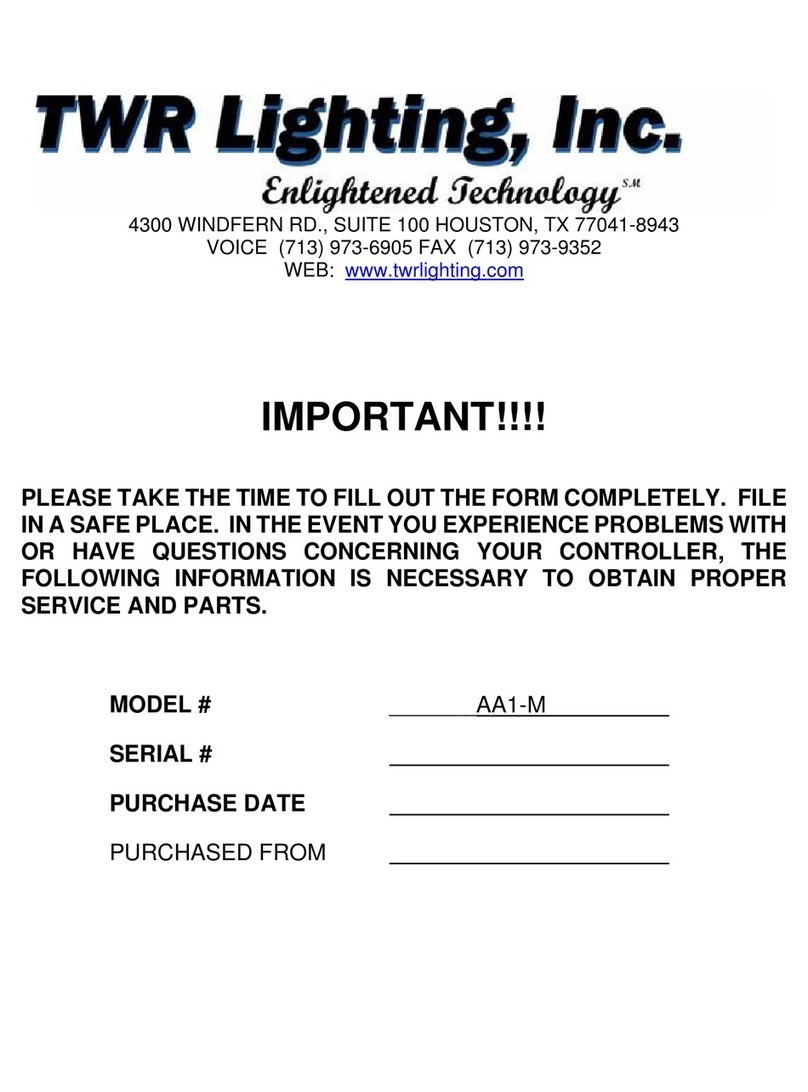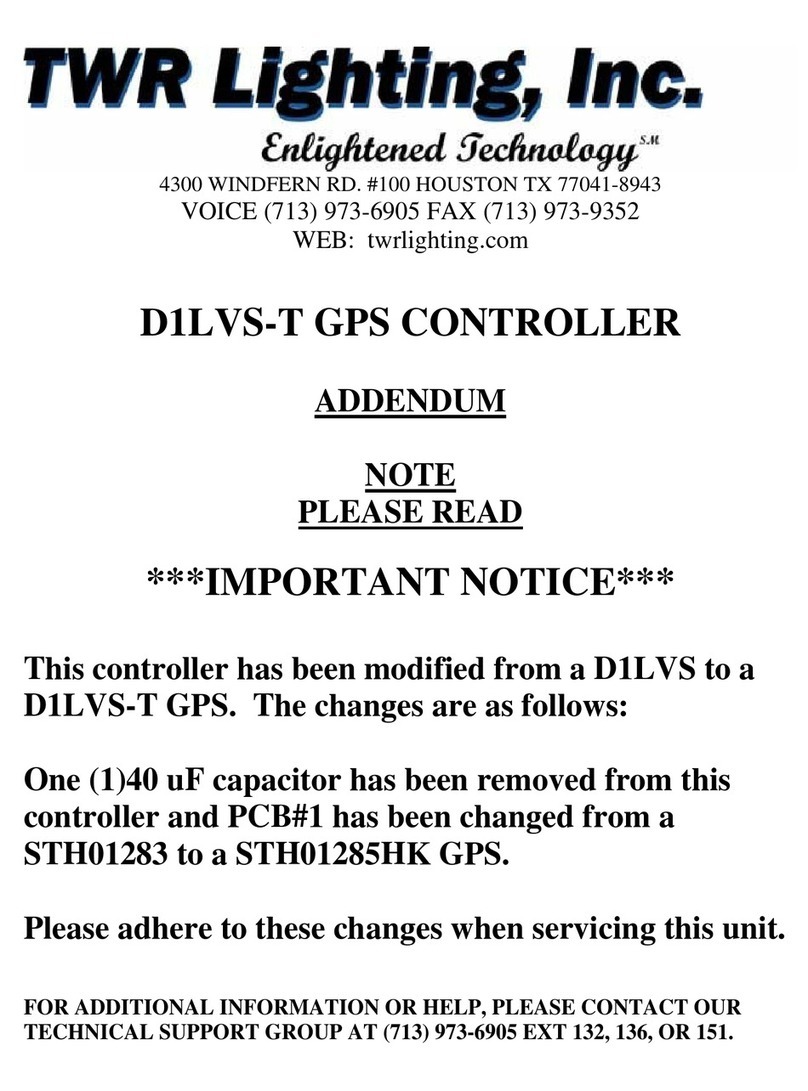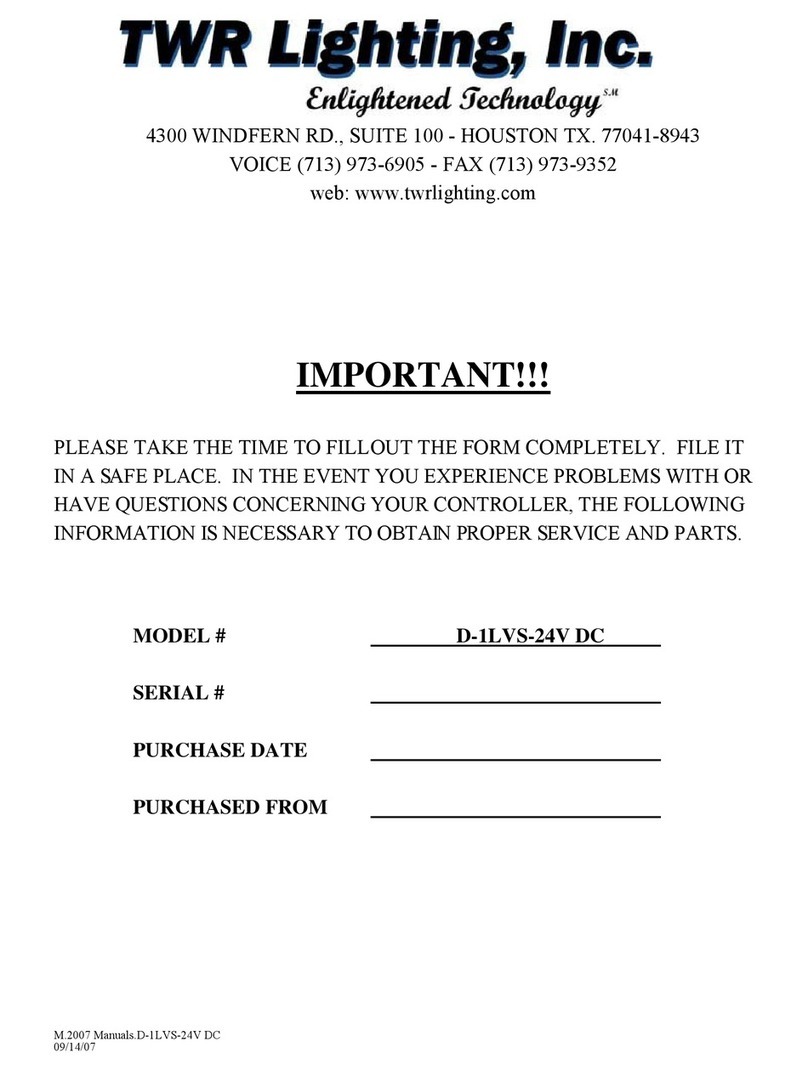
DUAL MEDIUM INTENSITY LED/STROBE
MODEL E-1DBSL
M.2006 MANUALS.E-1DBSL
REV. 08/10/04, 12/09/05, 2/08/06, 04/11/06 (load resistor)
REV. 06/21/06 (part numbers), 7/13/06 (Appendix & 6.0 Major Comp. List)
REV 10/20/06 (Appendix & parts lists)
REV. 04/10/07 (text)
3.2 THE FLASHTUBE................................................................................................11
3.3 LED BEACON ......................................................................................................11
3.4 TIMING CIRCUIT................................................................................................11
3.5 TRIGGER CIRCUIT.............................................................................................11
3.6 ALARM CIRCUITS..............................................................................................11
3.6.1 White Strobe Failure (SF).......................................................................11
3.6.2 LED Red Beacon Burnout (BB).............................................................11
3.6.3 Power Failure (PF)..................................................................................12
3.6.4 Sidelight Failure (SL) .............................................................................12
3.7 BLEEDER CIRCUIT.............................................................................................12
3.8 DIAGNOSTIC CIRCUITS....................................................................................13
3.8.1 Control Power On...................................................................................13
3.8.2 High Voltage...........................................................................................13
3.8.3 Trigger Voltage.......................................................................................14
3.8.4 Nightmode...............................................................................................14
3.8.5 Primary Timing.......................................................................................14
3.8.6 Timing Signal Verify..............................................................................15
3.8.7 Flash Verified .........................................................................................15
3.8.8 Strobe Fail Test.......................................................................................15
4.0 TROUBLESHOOTING..................................................................................................16
4.1 TOOL REQUIREMENTS.....................................................................................16
4.2 DIAGNOSTIC EVALUATION............................................................................16
4.3 TROUBLESHOOTING ASSISTANCE................................................................17
4.3.1 Strobe Flash Verify LED - Out...............................................................17
4.3.2 Control Power on LED - Out..................................................................18
4.3.3 Primary Timing LED - Out.....................................................................18
4.3.4 False or Nonexistent Beacon Alarm (SF)...............................................18
4.3.5 LED/BEACON/Flasher Failure..............................................................18
